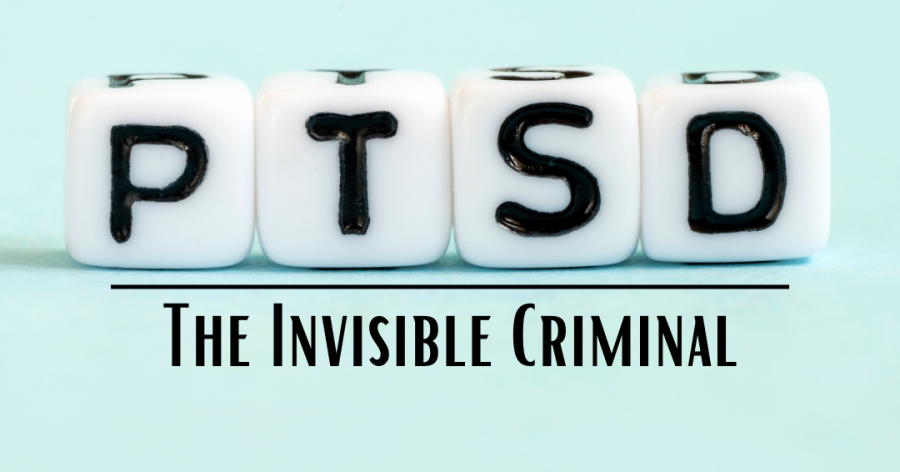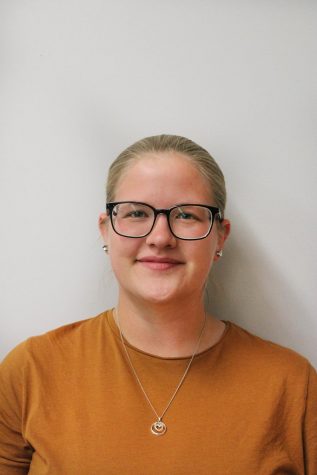PTSD: The Invisible Criminal
PTSD: It knows no limits or boundaries and targets people of all ages and backgrounds.
February 17, 2022
Close the windows, lock the door; but that won’t stop the theft that is about to occur. Post-Traumatic Stress Disorder is the invisible criminal that steals joy, tranquility and hope. It knows no limits or boundaries and targets people of all ages and backgrounds. Whether the sun is peaking through the curtains, or the amber moonlight is about to glow, it attacks whenever it wants without caring who is around to witness the act.
Throughout the seasons of the year, it leaves behind a trail of ice on a cold winter night, leaving the victims to slip into nightmares, panic attacks or breakdowns. The summer is no better, as it burns the victim with emotional pain as hot as the sun’s rays. How could one become the hero if the villain is within their own mind?
PTSD is defined as a mental health disorder that some people develop after they experience or see a traumatic event (Smith, 2020). There is a misconception that only veterans experience this, but there are many reasons a college student may be a victim of this invisible crime.
Some examples include sexual assault, domestic violence, or the death of a loved one, but the list goes on. Not only can traumatic events happen on campus, but sometimes students bring their trauma from home.
The memories from a traumatic event don’t process the same as other memories do, according to Jayne Halsey, Licensed Counselor at Wayne State College.
“Those are memories that don’t process the same way as negative memories in our life,” Halsey said. “They do need professional assistance. Sometimes people will avoid talking about it, but the memories come anyway.”
Fortunately, PTSD can be healed, but the victim must find strength within themselves to begin their healing process.
“I didn’t know what to expect from therapy,” Madison Kurtz, a WSC student, said. “I was nervous to be open about personal situations, but I’m honestly glad that I went. My friends actually encouraged me to go once they realized my situation was severe.”
The start of a therapy session is nothing to fear, as it is an evaluation of the individual and what their personal goals are, according to Halsey. At any moment, an individual can choose to switch counselors if they don’t feel a connection with them.
“If students don’t match up with a therapist, they can request a different therapist instead of disappearing from therapy,” Halsey said. “Therapists do no take that personally.”
WSC offers therapy unique to students with trauma. There is eye movement desensitization and reprocessing (EMDR) and cognitive behavioral therapy, according to Halsey. If students choose to heal through the EMDR process, it is typically less stressful in comparison to cognitive therapy because individuals don’t need to speak about the event as much. The options that students have during their therapy sessions help bring back a sense of control.
Healing is possible, but what are the signs? According to Halsey, healing takes time. When someone discusses the event in the future, it doesn’t feel like it’s happening all over again, it doesn’t have the same triggering affect. One day, a victim of PTSD will be able to close their windows and lock their doors knowing that they had the power and strength to overcome the invisible criminal.










